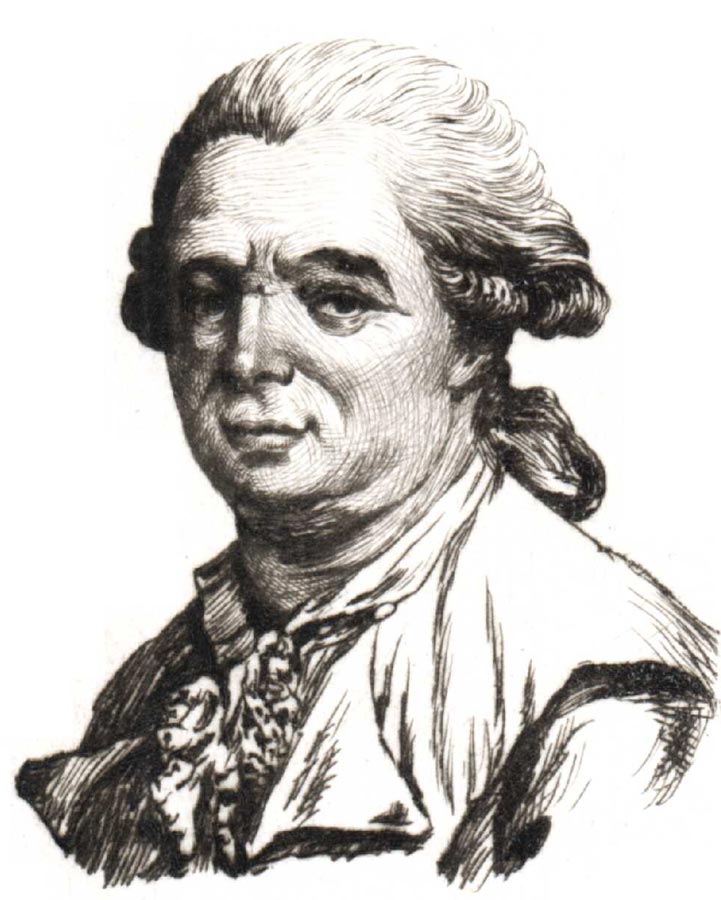

Illness was caused by obstacles to this flow.
Franz mesmer and animal magnetism free#
Some contemporary scholars equate Mesmer’s animal magnetism with the Qi (chi) of Traditional Chinese Medicine and mesmerism with medical Qigong practices.Īccording to d'Eslon, Mesmer understood health as the free flow of the process of life through thousands of channels in our bodies. These propositions outlined his theory at that time. In 1779, with d'Eslon's encouragement, Mesmer wrote an 88-page book, Mémoire sur la découverte du magnétisme animal, to which he appended his famous 27 Propositions.
Franz mesmer and animal magnetism professional#
He found only one physician of high professional and social standing, Charles d'Eslon, to become a disciple. In his first years in Paris, Mesmer tried and failed to get either the Royal Academy of Sciences or the Royal Society of Medicine to provide official approval for his doctrines.

Paris soon divided into those who thought he was a charlatan who had been forced to flee from Vienna and those who thought he had made a great discovery. In February 1778 Mesmer moved to Paris, rented an apartment in a part of the city preferred by the wealthy and powerful, and established a medical practice. The scandal that followed Mesmer's unsuccessful attempt to treat the blindness of an 18-year-old musician, Maria Theresia Paradis, led him to leave Vienna in 1777. This confrontation between Mesmer's secular ideas and Gassner's religious beliefs marked the end of Gassner's career as well as, according to Henri Ellenberger, the emergence of dynamic psychiatry. Mesmer said that while Gassner was sincere in his beliefs, his cures resulted because he possessed a high degree of animal magnetism. In 1775, Mesmer was invited to give his opinion before the Munich Academy of Sciences on the exorcisms carried out by Johann Joseph Gassner (Gaßner), a priest and healer who grew up in Vorarlberg, Austria. In the same year Mesmer collaborated with Maximilian Hell. He soon stopped using magnets as a part of his treatment. He felt that he had contributed animal magnetism, which had accumulated in his work, to her. Mesmer did not believe that the magnets had achieved the cure on their own. She reported feeling streams of a mysterious fluid running through her body and was relieved of her symptoms for several hours. In 1774, Mesmer produced an "artificial tide" in a patient, Francisca Österlin, who suffered from hysteria, by having her swallow a preparation containing iron and then attaching magnets to various parts of her body. Mozart later immortalized his former patron by including a comedic reference to Mesmer in his opera Così fan tutte. 50), a one-act opera, though Mozart's biographer Nissen has stated that there is no proof that this performance actually took place.

51), for which the twelve-year-old Wolfgang Amadeus Mozart had composed 500 pages of music, Mesmer is said to have arranged a performance in his garden of Mozart's Bastien und Bastienne (K.

In 1768, when court intrigue prevented the performance of La finta semplice (K. In the summers he lived on a splendid estate and became a patron of the arts. In January 1768, Mesmer married Anna Maria von Posch, a wealthy widow, and established himself as a physician in the Austrian capital Vienna. However, in Mesmer's day doctoral theses were not expected to be original. Pattie suggests that Mesmer plagiarized a part of his dissertation from a work by Richard Mead, an eminent English physician and Newton's friend. Building largely on Isaac Newton's theory of the tides, Mesmer expounded on certain tides in the human body that might be accounted for by the movements of the sun and moon. In 1766 he published a doctoral dissertation with the Latin title De planetarum influxu in corpus humanum ( On the Influence of the Planets on the Human Body), which discussed the influence of the Moon and the planets on the human body and on disease. After studying at the Jesuit universities of Dillingen and Ingolstadt, he took up the study of medicine at the University of Vienna in 1759. Mesmer was born in the village of Iznang, on the shore of Lake Constance in Swabia, Germany, a son of master forester Anton Mesmer (1701-after 1747) and his wife, Maria/Ursula (née Michel 1701-1770).


 0 kommentar(er)
0 kommentar(er)
